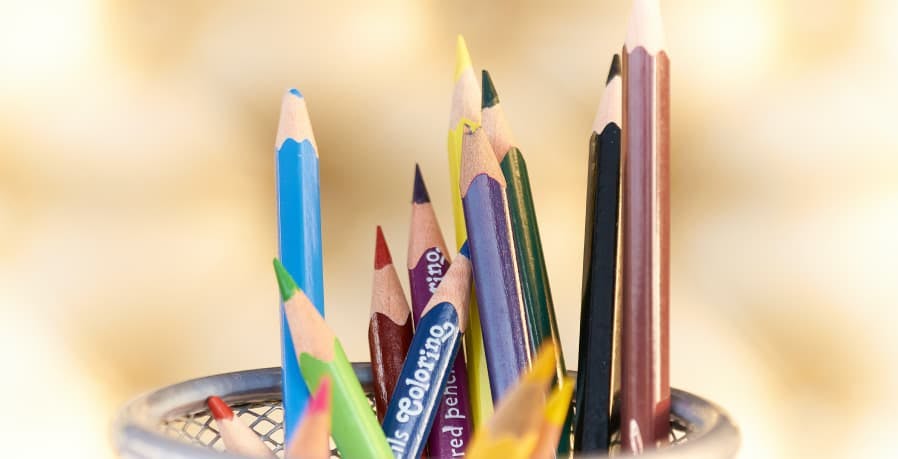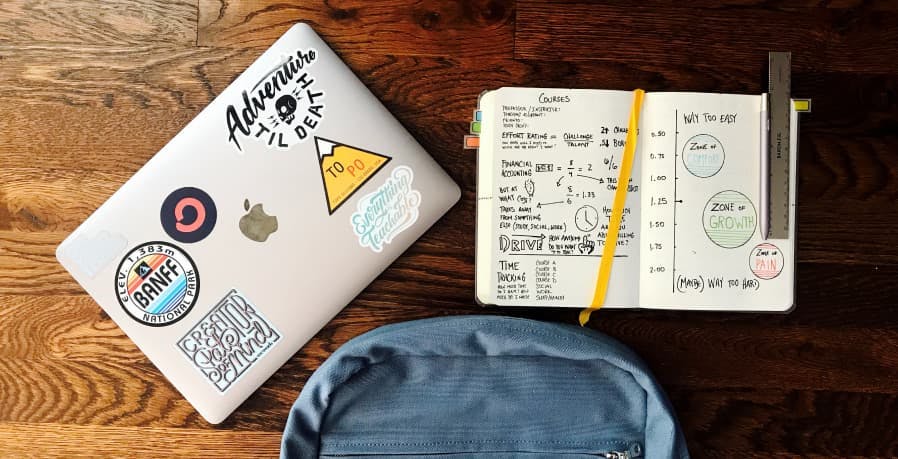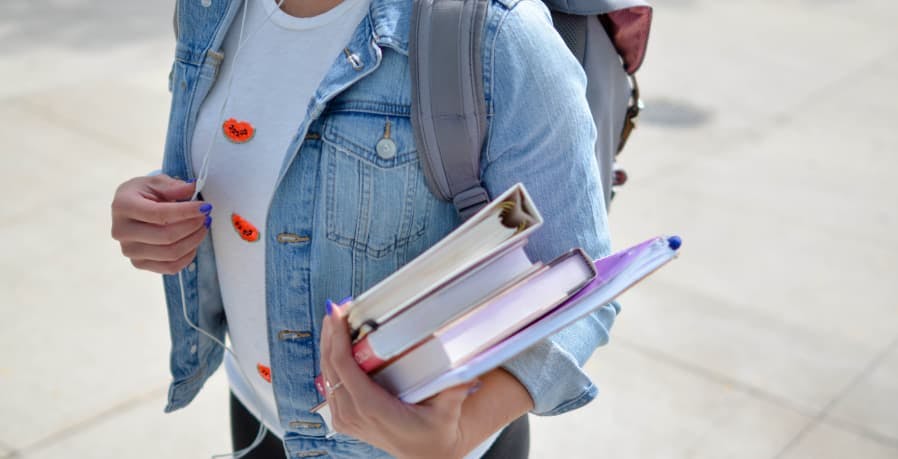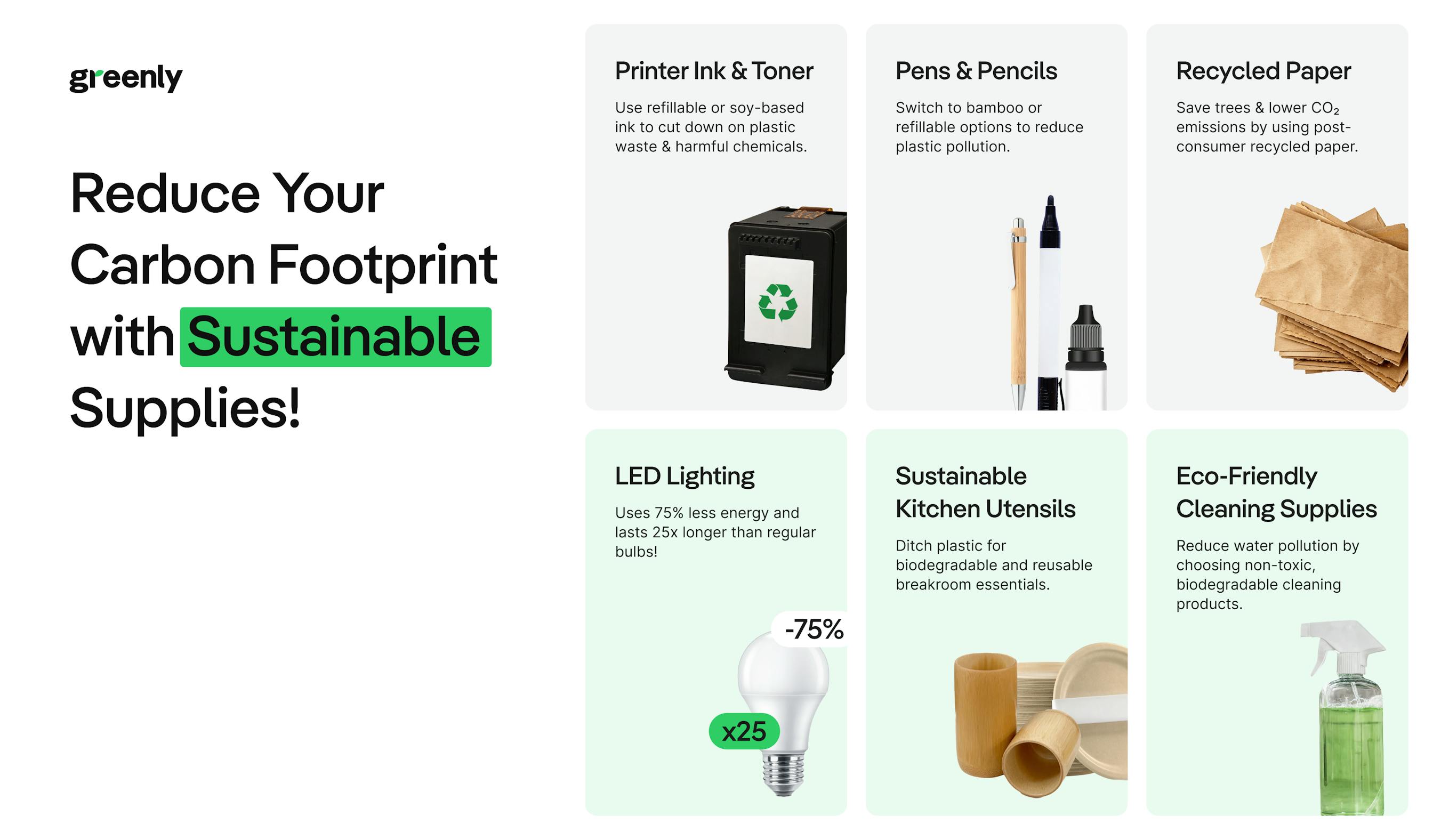
What are the 3 Pillars of Corporate Sustainability?
In this article, we'll explore what the 3 pillars of corporate responsibility are, why they're important, and how businesses can turn them into practical action.
ESG / CSR
Industries



Back to school season is often one of the most nostalgic and simultaneously busiest times of the year – with perhaps even more shopping necessary than during the holiday season.
However, these days, back to school shopping is a bigger deal than it has ever been before – with teachers requesting niche supplies and parents viewing the “shopping season” as an excuse to stock their kids up with brand new gadgets – even if they don’t need them.
In this article, we’ll explore what back to school shopping is, how it can have a profound effect on the environment, and what we can do to rectify back to school shopping once and for all.
Back to school shopping is ultimately a marketing tactic used by retailers to draw in their customers before and during the beginning of the next academic year.
👉 Typically, “back to school” shopping season occurs during the month of August – but some stores will milk it even longer and start their annual sales as early as late July and last until late September.
Before social media and marketing was as prevalent as it is today, back to school shopping usually referred to the “shopping list” teachers would send home with students after their first day of school. This list usually includes materials teachers request students to have for class and at home to complete their assignments: such as a binder, notebook paper, pens, pencils, highlighters, folders, sticky notes – and more.
Shoppers during back to school season will often see exceptional sales and deals on items that could be used when going back to school – which these days, goes beyond school supplies.
Well-known companies and brands take part in back to school shopping every year, such as Apple and Target – offering clothing, technology, and other various accessories that could be deemed useful for students heading into the new school year.

Back to school shopping used to refer to nothing more than buying new school supplies, but today – back to school shopping can encompass nearly any purchase made between July and September.
In fact, in 2023 – Americans were expected to spend a whopping $41.5 billion on back to school shopping, with the average parent spending almost $900 on back to school shopping.
👉 However, what is important to note is that the bulk of these purchases won’t even be for school materials such as binders, calculators, or colored pencils – but for new clothes and technology. This shows how back to school shopping has evolved to be more of a mass sale and opportunity for retailers to rake in the big bucks.
It isn’t unusual in the U.S. for kids to go shopping for an entire new wardrobe during back to school season – often citing it as a “need” for a complete refresh. This includes buying students new smart devices, laptops, and headphones.
This evolution of back to school shopping may be beneficial to merchandisers and students, who can make excuses to their parents to buy them anything they want – but it isn’t as good news for everyone else involved.

Back to school shopping is essentially an excuse for students and parents alike to make big purchases, even if they aren’t necessarily in need of a new laptop or pair of shoes.
As a result of 2023’s record breaking back to school shopping season, nearly 30% of parents were expected to rely on the use of a credit card to cover the back to school shopping bills. In a country that is already struggling with inflation and people struggling to file for their taxes, making back to school shopping compulsory for anything besides pencils or notebooks creates a greater financial burden.
Think of the last time you went back to school shopping – either as a student, or with your children. How much of your shopping cart was actually filled with items on your back to school shopping list?
These days, students seek to refresh their “school inventory” every back to school season – such as by buying a brand new binder, backpack, lunchbox, water bottle, or set of colored markers: even when all of their school materials from the previous school year are still perfectly functional.
As a result of this excess back to school consumerism, only 22% of respondents to a survey about back to school supply shopping admitted that they would reuse their materials from the previous year.
In addition to this, the cost of school supplies are only increasing – with a 23.7% increase in the last two years. This continues to create pressure on parents who are expected to buy more than just the required school supplies in their kids’ back to school shopping wish lists.
👉 Ultimately, back to school shopping encourages excessive consumerism – and elicits financial stress on parents and an environmental burden on the planet.

It’s all fun, color-coded, and refreshing when you buy a new backpack for the upcoming semester – but have you ever thought about what happens when you toss your once brand new backpack in the trash?
According to Greenbinz, a whopping 77% of school supplies are wasted – meaning the majority of people aren’t going back to school shopping because they need new materials. In fact, most kids reported having unused supplies by the end of the school year.
In addition to this, many of the things we buy during back to school season aren’t good for the environment from the start.
👉 Think about it – didn’t you pick the plastic printed folder over the solid-colored paper one the last time you went back to school shopping?
Common back to school supplies such as plastic folders, binder dividers, and locker decorations aren’t good for the environment. Students are catching on to the environmental impact of common school supplies, with up to 90% of students believing that whiteboard markers should be recycled – but the problem is that markers aren’t that easy to dispose of.

There are many reasons why back to school shopping has become such phenomena, and while we can’t control how the media makes the most of back to school season – teachers can.
A huge reason why back to school shopping has become as out of hand as it is in large part due to teachers requesting the new school supplies themselves.
Teachers can play a big part in mitigating the negative impacts of back to school shopping season, as they are often the ones who send students to the stores in the first place. However, some teachers get carried away with their back to school shopping lists. Therefore, it’s best to try to keep it only to the essentials, and even require students to buy refurbished technology or recycled notebooks per your recommendation.
👉 If you can request students to buy materials as specific as blue, erasable pens or college ruled binder paper – you can ask them to buy a recycled spiral notebook for their homework.


Other new norms could help avoid the newfound over-consumption-culture of back to school season.
For instance, we can encourage students to use reusable water bottles without needing to buy a new one every year – as this defines the purpose of sustainable tupperware. Also, we could normalise washing old lunch boxes and backpacks instead of buying new ones – there’s nothing a good wash can’t fix to bring your backpack from last year back to life. Lastly, we could stop requiring students to have multiples of one item – such as only requiring students to purchase one set of gym clothes instead of three.
👉 There are other ideas to help mitigate the skyrocketing costs of back to school shopping – such as by shopping during sales tax holidays.
However, if your issue with back to school shopping rests with sustainability – here are some ideas:
Ultimately, back to school shopping is here to stay thanks to marketing – but we can change the way we all shop for back to school season with a little effort and mindfulness for the environment.
If reading this article about how to make your back to school shopping more sustainable has made you interested in reducing your carbon emissions to further fight against climate change – Greenly can help you!
It can be overwhelming to figure out which products are most sustainable and will create the least environmental impact, but don’t worry – Greenly is here to help. Click here to schedule a demo to see how Greenly can help you find ways to improve energy efficiency and decrease the dependency on fossil fuels in your own company.
Greenly can help you make an environmental change for the better, starting with a carbon footprint assessment to know how much carbon emissions your company produces.